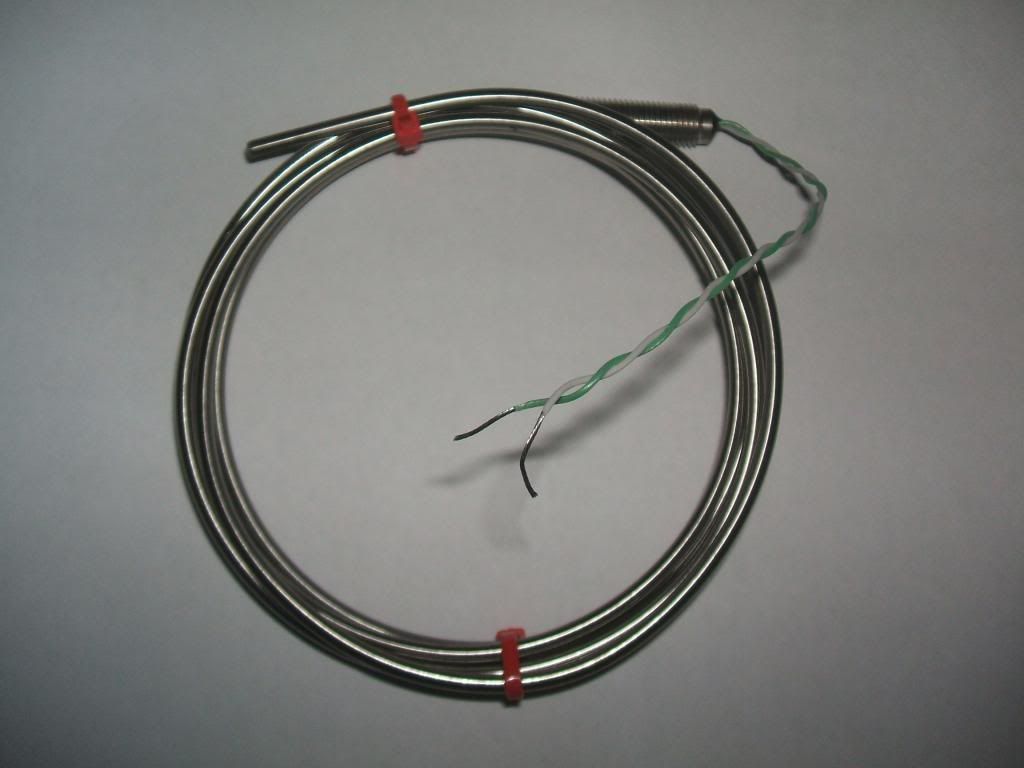V-groove
Hi guys could you advise me on the v-groove seal.
Does it seal on the sharp points were the two v`s meet or on the side, kind of like a hydraulic bullnose fitting?
This part makes me nerves and I am scared of a leak and then a explosion.
Hi guys could you advise me on the v-groove seal.
Does it seal on the sharp points were the two v`s meet or on the side, kind of like a hydraulic bullnose fitting?

This part makes me nerves and I am scared of a leak and then a explosion.


Comment